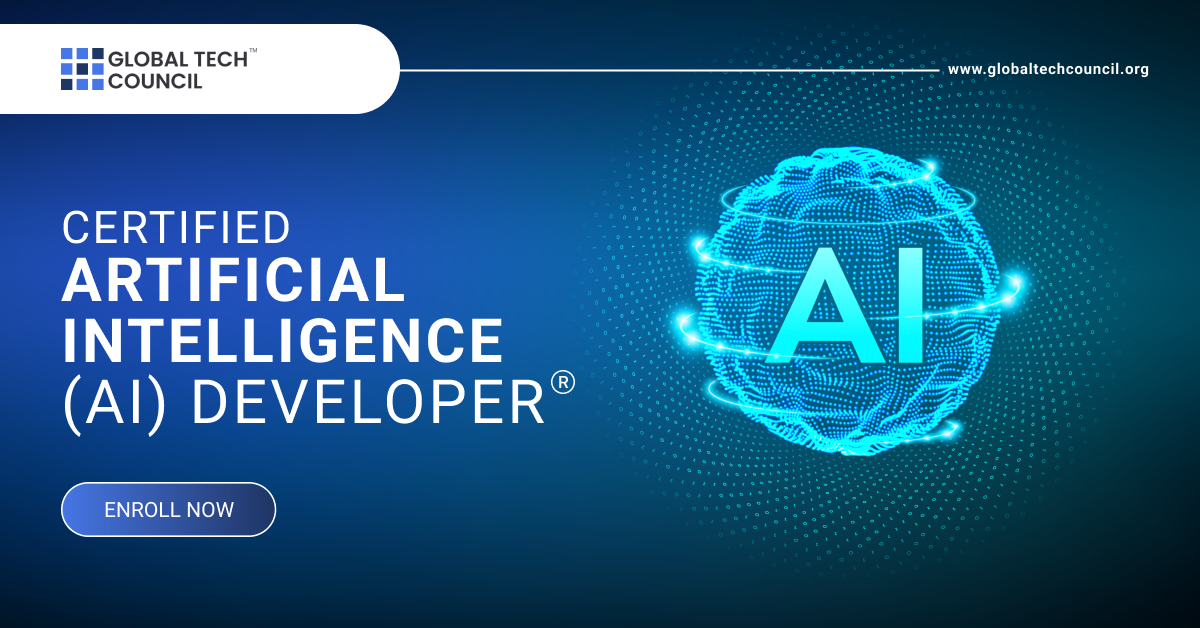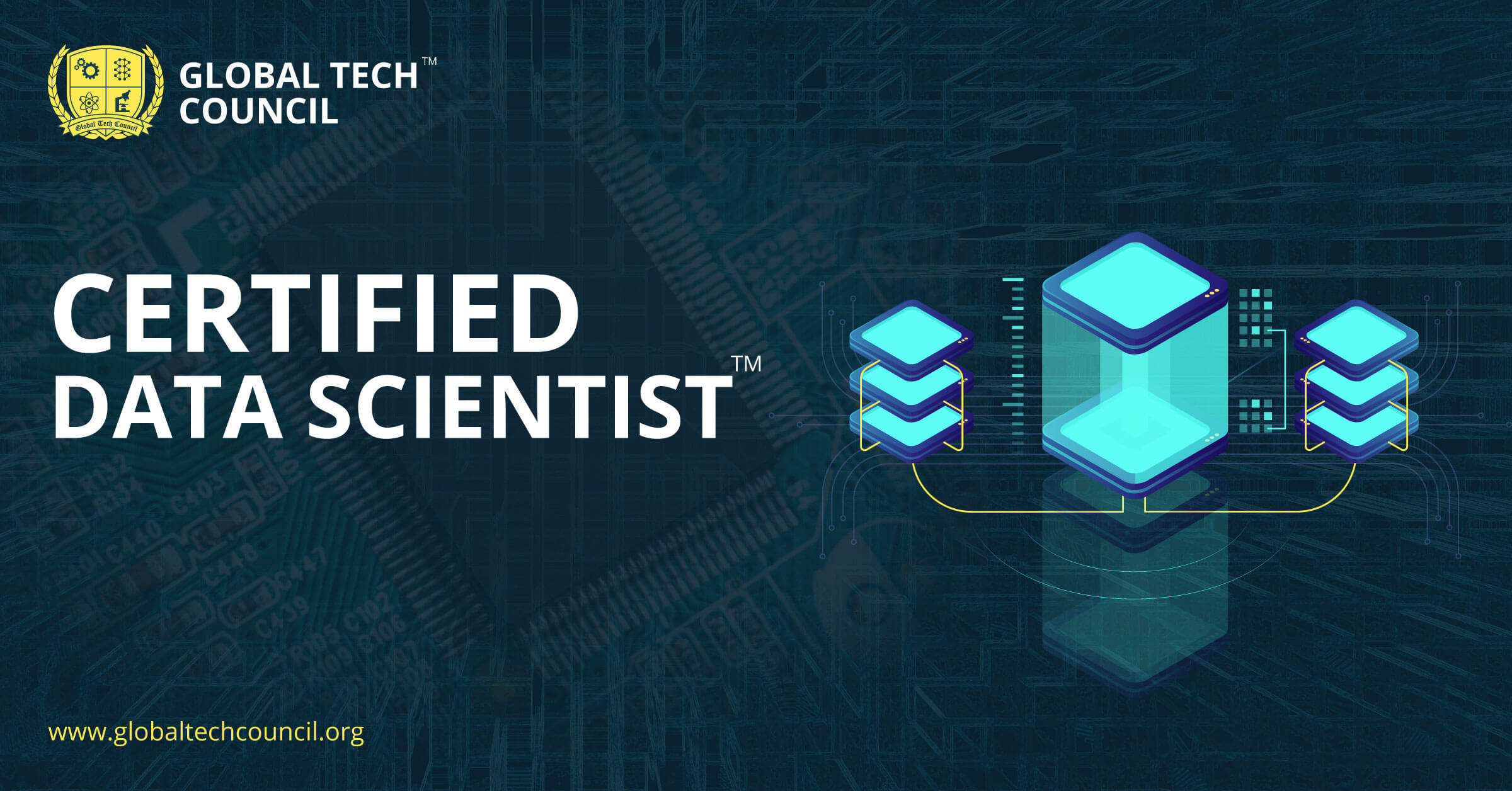Introduction
As we know, organizations have been generating data for many decades now. Large chunks of data are generated every day. The term used to describe these datasets is ‘Big Data.’ Though there is no fixed definition for big data, it refers to structured or unstructured data which comes from various sources such as social media pages, ad campaigns, events, rallies, day-to-day processes, etc. Organizations carefully analyze this data to help in the smooth functioning of business operations, increased profits, and better decision-making.
Data science and artificial intelligence are not buzzwords any longer as they are applied widely by a large number of businesses across numerous industry verticals. This holds true especially for the biomedical research community as physicians and other caregivers are encouraged continuously by hospitals and health insurance companies to make use of continuous data which has been captured through wearable medical devices. Healthcare and medicine is a promising and revolutionary industry for implementing data science solutions.
Need for data science in healthcare
In today’s scenario, doctors rely heavily on the clinical health record of patients. This results in the need for gathering large amounts of data for different patients. There is also a large variety of data coming in from billing systems or Electronic Medical records (EMR). So, the big data approach is looked at as the ideal solution to this problem. Medical data today is spread across various sources which are governed by different hospitals and departments. So, there is a need for the development of new infrastructure which will aid in integrating the entire data.
Why must doctors learn data science?
1. To understand the statistical significance of clinical studies
Clinicians are continuously learning about the latest and exciting case studies and clinical trials in their respective fields of expertise. Some of these results may not be reproducible because of the lack of statistical significance of the patient population size on which the study was carried out. If clinicians learn data science, it will be easy for them to evaluate the relevance of such studies to choose the ones which must be incorporated into their practices.
Data science is also extremely useful in today’s era of personalized medicine where clinicians not only prescribe the right medications but also point out the chances of success and recovery based on the genetic makeup of each patient, as the response to treatment and risk of disease differs based on each patient and disease.
2. To diagnose using large volumes of data generated through continuous monitoring
Data science allows physicians to analyze dense datasets at local (days or weeks) and global (months or years) timescales by using a combination of early warning scores and visual inspection of data. Basic descriptive statistical results, such as the average resting heart rate, provides a quick understanding of the patient’s overall cardiac health. Stress index of LF/HF ratio is advanced indicators which help predict chances of heart arrhythmias (heart rhythm issues).
3. To diagnose through data visualization
To help other specialists such as cardiologists and pulmonologists, deliver critical care, radiologists analyze high-dimensional medical images such as MRI and CT scans. Radiologists already make use of software tools based on machine learning to automatically color code different features of an internal organ.
Data science will help doctors understand the strengths and limitations of such software and will help deliver improved diagnostic outcomes.
4. To diagnose using multiparameter data
In healthcare, most often, significant insights are obtained by combining multiple data sources. For example, overall stress can be computed by combining heart rate and heart rate variability. Doctors must learn data science techniques such as data fusion to understand how data is merged in these systems and this will help them diagnose patients more efficiently.
Companies such as Propeller are combining the respiratory health data obtained from the Propeller Spirometer with Propeller Air, which is an open API using data from environmental sources to predict how asthma may be affected by local conditions. The cause of a fall can be ensured in geriatric emergency care as the new Livio AI hearing aids from Starkey Hearing Technologies use motion sensors which are built into hearing aids. It can also measure biometric parameters such as heart rate.
5. To understand AI workflow
With the advent of AI, physicians and caregivers will soon adopt early warning scores which were designed using deep learning. Cardiogram’s deep heart, which works in sync with Apple Watches, is a semi-supervised AI learning which enables cardiovascular risk prediction. It is highly necessary for doctors to understand these machine learning algorithms as they will help them in preventing and curing diseases in a timely manner.
Conclusion
There is no doubt that data science solutions are reshaping the medical industry, helping uncover new insights, and turning brave ideas into reality. Data science is, no doubt, moving the medical science industry to a whole new level right from computerizing medical records to genetic disease exploration and drug discovery. With the fields of both data science and medicine developing at a rapid pace, it is important that they advance together. Having said that, data science has enormous potential to modernize the field of medicine.



Leave a Reply